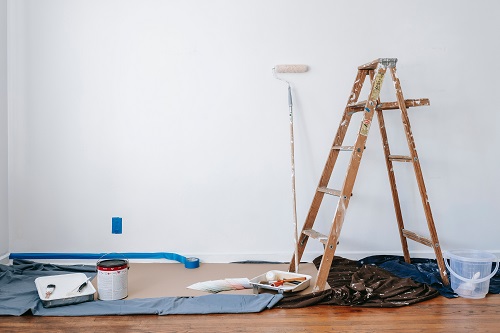How Fast Do Succulents Grow and How to Grow Them Faster?
We all know that succulents have made their way into our world for quite some time now. Don’t you just love how mesmerizing these “neglect tolerant” plants look and make an aesthetic statement in our indoor spaces and even the outdoors?
Having plants and seeing them grow is a wonderful feeling. But seeing your succulent grow is another feeling as they are usually slow growers. For succulents, the most important part that helps in fast growth is healthy roots. If the roots start to rot then you are in trouble!
To ensure a speedy yet healthy growth of your “baby” (well all the succulents owners will agree calling them their baby as you put your heart and soul into growing them), here is a hack sheet for you to follow. Read on to become a pro in raising a healthy succulent but not at tortoise’s speed!
- Succulents Are Categorized into Two Groups in Terms of Growth
- 11 Hacks For Growing Succulents Faster
- Be Patient
- Is Your Container The Right Size?
- Always Choose Quality Soil
- Overwatering Can Kill Your Succulents
- Succulents Need Ample Sunlight To Grow
- Do Not Overcrowd
- Break That Root Circle
- Keep The Temperature Level Moderate
- Separate Offsets From Mother Plant On A Regular Basis
- Protect Against Bug Attacks
- Fertilize Them Well In Summers
Succulents Are Categorized into Two Groups in Terms of Growth
You love your succulents and you devote ample time taking care of them, doing all the things right but they still won’t budge. Frustrated enough? Don’t be! First, you need to understand the base rule that succulents take their time in growing especially the ones that are propagated from leaf or stem cutting. You must know the species of your succulent well and all the growing and caring facts associated with that. Succulents are categorized into two types in general.:-
Slow Growing Succulents
Succulents grow slowly, but some of them grow even slower. This is due to the fact that they belong to a species that grows at a snail’s pace. Let’s look at the growth rates of a few of them to learn more:-
- Haworthias, also known as Zebra cactus, takes about a year or more to go from 2 inches to 5 inches in height.
- Blossfeldia Lilliputian is the tiniest species of cactus which measure about half an inch in diameter at its full growth.
- Sempervivum: A fully bloomed, mature Sempervivum does not exceed the size of 3 inches both in height and diameter.
- Echeveria Minima stays under 3 inches in height at its peak.
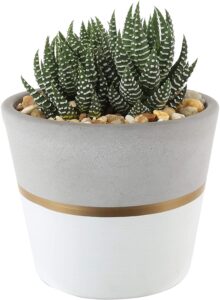
Bonus Tip: Small-sized succulents are perfect if you plan on making a terrarium.
Fast Growing Succulents
There are some genera of succulents that have an amazing growth rate. These can be categorized as fast-growing succulents. The care routine depends on the size and the genus of the succulent you have potted but general care remains the same for all types. Some of the fast-growing succulents are:-
- Aeonium Arboreum is known to be the fastest-growing succulent. It can grow up to a whopping height of 10 feet and the leaves can grow up to 2 feet long in a year.
- Echeveria-2 inches to 6 to 8 inches in just 1 year
- Crassula Perforata has an amazing growth rate. It can grow up to 10 inches tall and can spread up to 2 feet in width.
- Crassula Ovata is another fast-growing succulent that can reach up to 12 inches each year.
Blend the greenery of your garden with the purity of water with this complete guide that will answer all your queries for an outdoor fountain.

11 Hacks For Growing Succulents Faster
Aren’t we all anxious to see our succulents doing well and growing steadily? We all want one that grows well with time. A few hacks have been compiled for you to speed up the growth process for a healthy succulent.
Be Patient
Like a growing child, succulents also need your patience. If you are going to be apprehensive about their gradual growth you might go overboard with watering or exposing them to direct sunlight. While doing so, did it cross your mind that your succulent might be in growth hibernation mode? Some succulents start their growth dormancy at the beginning of autumn when the warmth of the season is taken over by the colder temperature. Some succulents like Christmas cacti do actually grow more in winter. So in a nutshell, patience is the key.
Is Your Container The Right Size?
When choosing a pot or container for your succulents, make sure that you keep a few things in mind. The size of the container, if too small, can have an adverse effect on the growth of your plant. Grow them in appropriate-sized containers so the roots have ample space to expand while growing. We recommend not using glass containers to pot your succulents as glass traps in all the heat from the sun resulting in dry or burnt roots. If you see distorted growth patterns or roots emerging out of your pots drainage holes, it’s time to repot your succulent in a bigger one.
Tip: Always use containers that are perforated for drainage. This helps to get rid of excess water that becomes the cause of root rot.
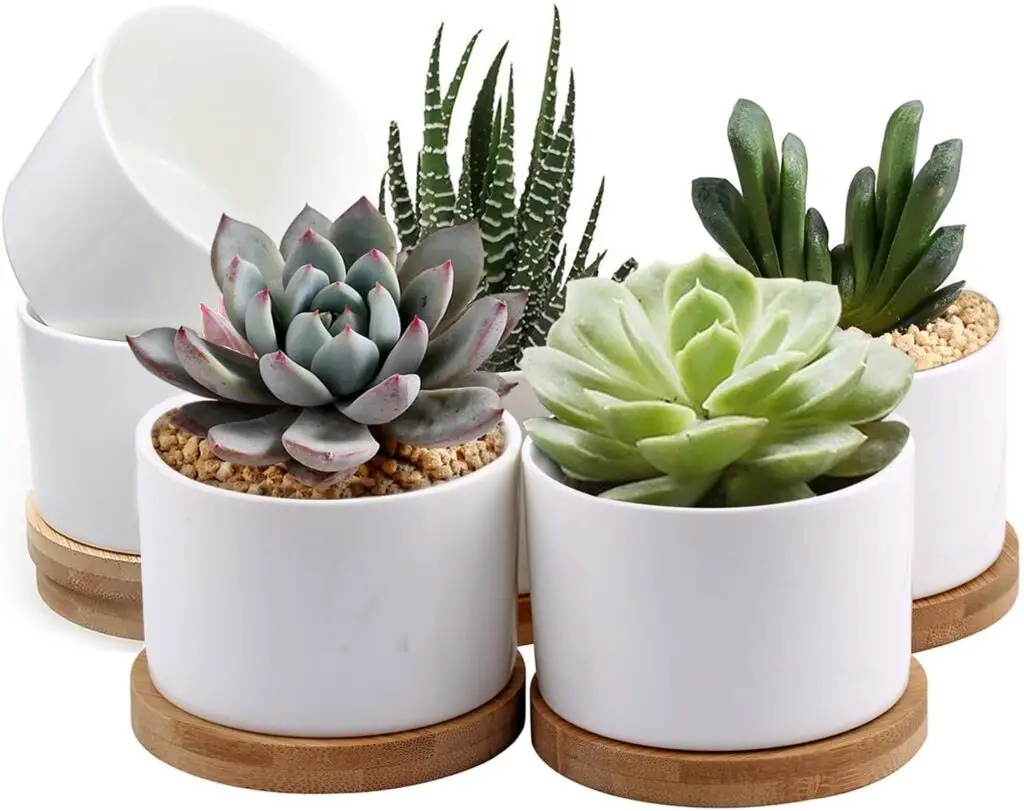
Always Choose Quality Soil
While potting succulents or any other plant for that matter, we recommend using fresh soil with the right amount of nutrients included for the efficient and healthy growth of the plant. Also, the soil used for potting succulents should allow drainage. To accomplish this purpose, we recommend using breathable soil. Adding some chunky material to the soil mix is very much preferred by gardeners. This permits perfect drainage. When the excess water doesn’t stay in the soil, the chances of grime become less. This saves the root from rotting and root rot is the main cause of a dying succulent.
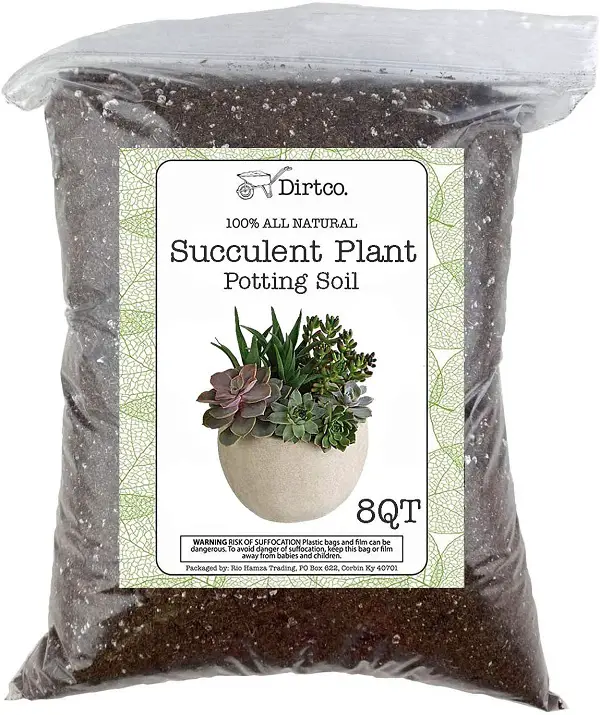
With this perfect guide for buying outdoor garden statues, you can create a relaxing ambiance and add authenticity to your garden.
Overwatering Can Kill Your Succulents
Do not overwater your succulents. Period! Especially when the weather starts approaching winters. As mentioned earlier, the growth period halts in winters for most succulents. So if you keep on watering them, the succulent cell explodes. Succulents can be watered after every 10 to 15 days in summers and in winters, water them not before 3-4 weeks. A soil meter is a very useful tool that helps tell you if the soil is wet or dry so you can water your plant accordingly.
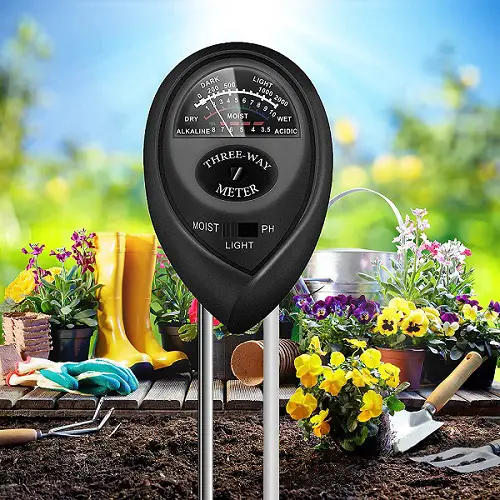
Tip: Remember that under watering is also a growth halter for your succulent. If the leaves start turning brittle and hard, it is your cue that you are not providing your plant with the amount of water it needs. But if your leaves are turning yellow and soft or they are wilting, then that means they are being overwatered.
Succulents Need Ample Sunlight To Grow
Your succulents thrive in warm temperatures and ample sunlight. So if you want to see progression in the growth rate of your plant then make sure they get sufficient sunlight. Sometimes when at high temperature, it is best that direct sunlight is avoided as the succulent gets dehydrated quickly. Indirect bright light is the best way to provide them with the amount of light they require.
However, the requirements might differ with different types. If you have an indoor space dedicated to your succulents, make sure you supply enough bright light for fine growth. If the spot does not receive enough sunshine, artificial resources can be used to compensate. Select a fluorescent or LED light. They come with built-in timers as well for ease of usage. Once the succulent comes out of the dormancy period, it will need more light. Just expose it gradually so that the plant doesn’t get damaged. Keep in mind that they need approximately 4-6 hours of sun exposure daily to nurture.
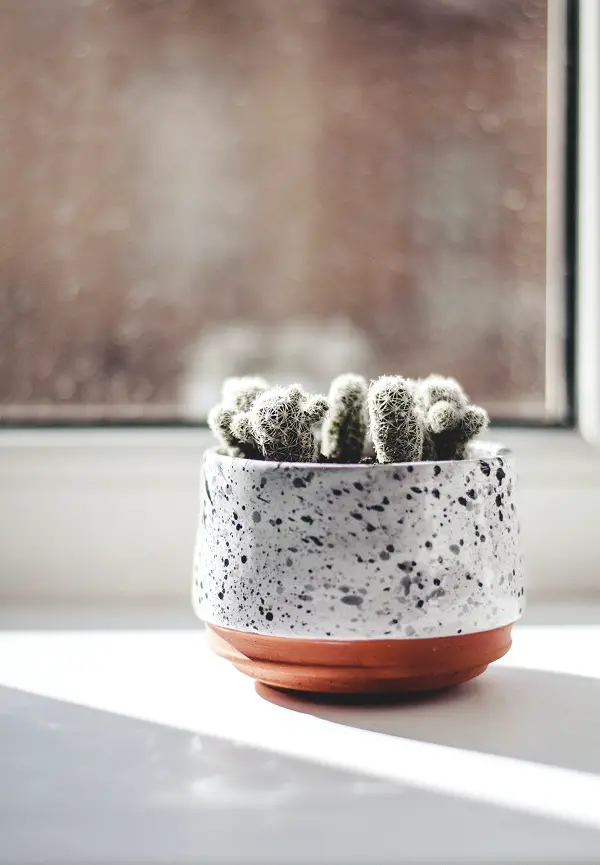
Do Not Overcrowd
Give your succulents sufficient space to breathe. Succulents like having company around them but the party gets out of hand once it gets overcrowded. Since the succulents have an extensive root spread, so we will have a big problem at our hands if we plant many succulents in a single container. The soil becomes a battlefield. It’s a battle between the roots to get the maximum nutrition from it. Some succeed and some don’t and sometimes not a single succulent gets enough nutrients for faster and healthier growth.
Also, if the roots of one get pest infestation, there will be no stopping from the spread. A simple solution is to remove that particular succulent that is affected the most from this condition and give it its own separate home with nutritious fresh soil necessary for its growth.
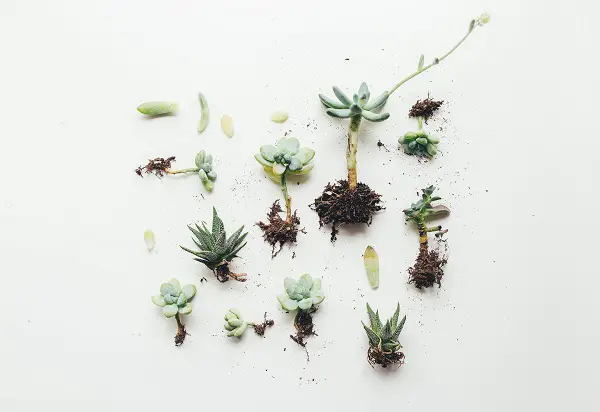
Are you a bird lover who wants to wake up to the sound of birds chirping in your garden but doesn’t know where to begin? Worry not! We have answered some frequently asked questions and concerns about birdhouses and bird keeping, and we’re confident that you’ll be a pro in no time.
Break That Root Circle
The roots of the succulents tend to get tangled in circles. This happens as a result of the natural survival hack found in succulents. The density of the root circle depends on how much space they have in a pot or container to grow. We suggest untangling and spreading the root circle from time to time. That will result in the uniform incorporation of nutrients from the soil for healthier and faster growth.
Be gentle! This is the first step to breaking the root circle because you don’t want to damage it. Just add a few drops of water to loosen the soil a bit if you think the soil is dry and hard to shake off. Use your fingers to gently make the roots free from soil. Spread them as much as you can. Again reminding to use gentle hands as the root system is very extensive and delicate. Finally, plant it again in fresh soil. repeat this process every few months.
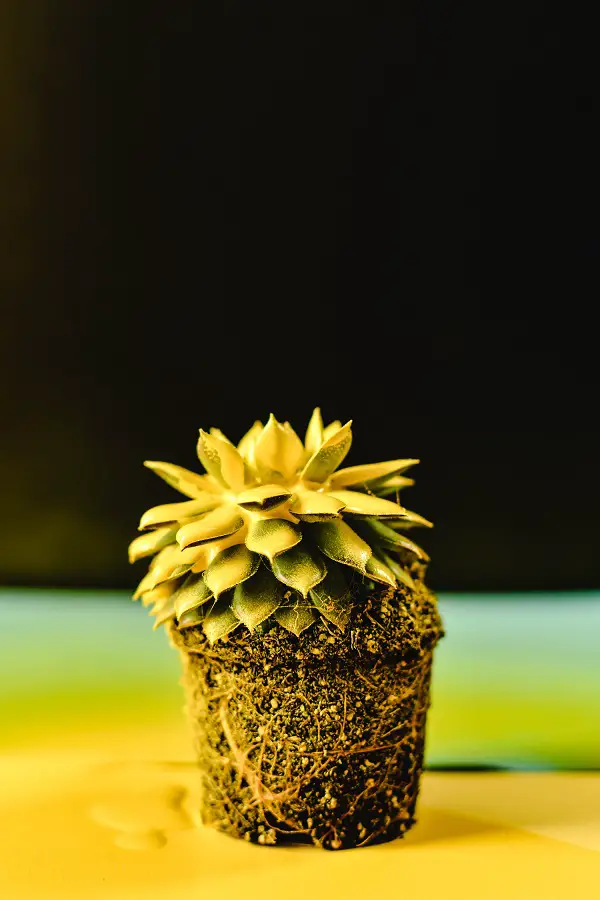
Keep The Temperature Level Moderate
Wrong spot with not so perfect temperature for the succulent halts its growth. Moderate temperature with ample sunlight reaching your succulent will be very helpful in growing faster as long as you don’t expose it to direct sunlight. You don’t want your succulents to get toasted and roasted!
In winters we suggest keeping them indoors to avoid the extreme cold. Once frozen, they cannot be revived. But that does not mean placing them anywhere close to the radiator or fireplace or else your result will be a scorched succulent as it will make it too dry for the plant’s survival. It is important to know the survival guide for the genus of the succulent you have.
Pro Tip: Protect your succulent from frost or temperatures below four degrees Celsius. One way is to cover the plants with a horticultural frost cloth which keeps cold and rainwater out.
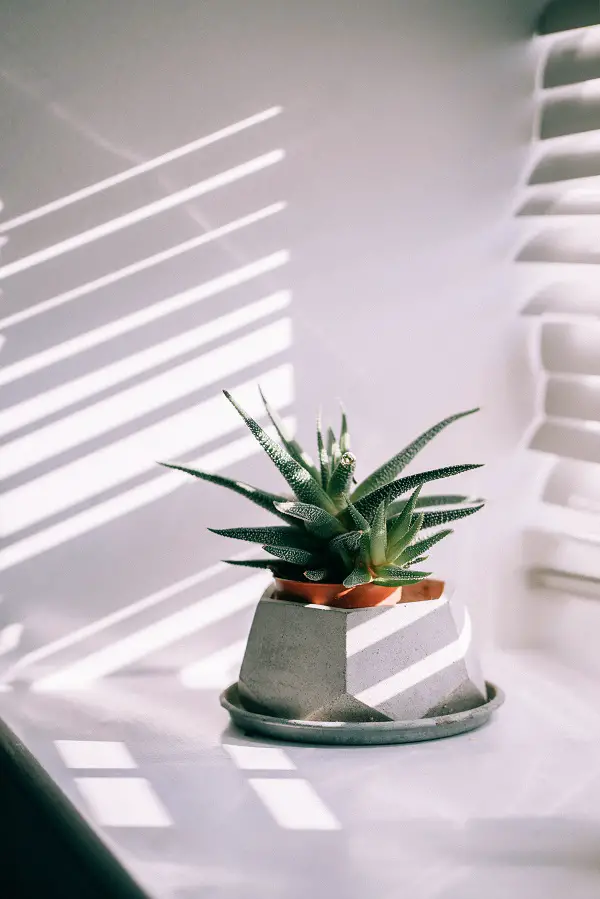
Separate Offsets From Mother Plant On A Regular Basis
Offsets produced can take a lot of energy in the form of nutrients from the mother plant. This results in slower growth of the parent plant and weakening it more and more. Once you see offsets blooming with your succulents, you need to separate them carefully and put them in their own pot. As they are young and still adapting to the environment in their initial place, a change will not much affect them and they will quickly adjust to the newer, spacious, and richer one. Freeing space will give the mother plant its required space for growth as well.
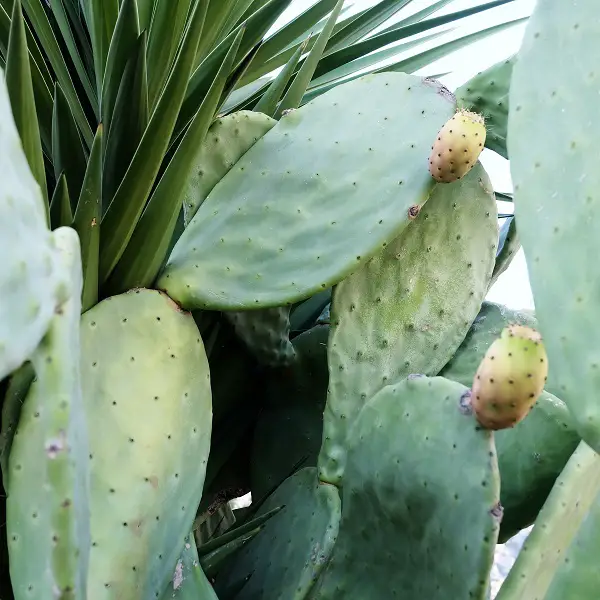
Protect Against Bug Attacks
Spider mites, small red bugs, thrips, nematodes, and mealybugs are just a few names that add to the list of bugs that destroy succulents. Pest infestation makes succulent growth slow and eventually succeeds in killing the plant. What they do is they actually suck the plant sap, making it weaker and weaker. We suggest checking your plant leaves, roots, and soil regularly for any signs of this invasion and timely use of rightly targeting pesticides. Some of the signs for this might show in leaf scarring, stem, and root being taken over by black or brown spots. So always be on the lookout!
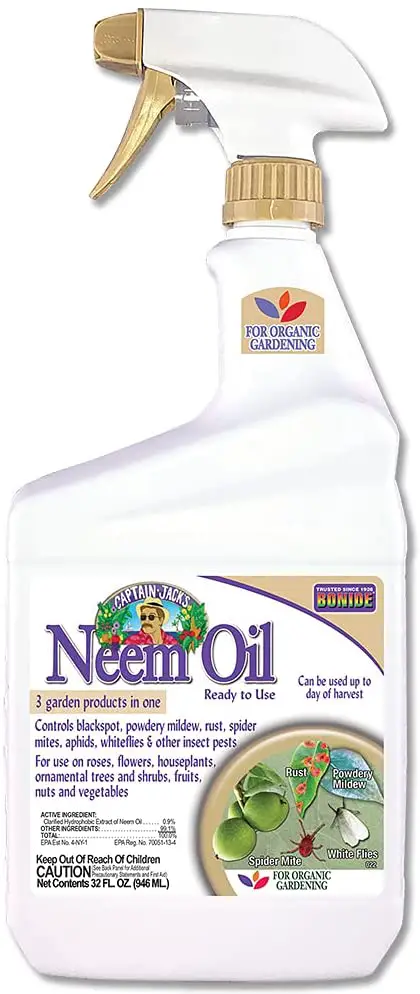
Fertilize Them Well In Summers
Fertilizers are just like the multivitamins tablet we take. Although we get our nutrients from the food we eat, sometimes they are not enough for our body’s requirements. This is where the multivitamins come in. To amplify the growth of your succulents, use fertilizers in the soil, particularly in summers. A yellowing plant that lacks blooming might be a sign of it being underfed. Provide nutrients to your plants, but make sure you know which fertilizers work well with which kind. Another crucial point to remember is that you should fertilize it throughout the growing season, which is usually the summers, rather than the winters (when most succulents go into growth dormancy).
Pro-Tip: Just don’t overfeed your plant in a hurry to see your plant grow. That can be equally harmful to it. Lower nitrogen and balanced phosphorus/potassium are recommended fertilizers for cacti and succulents.
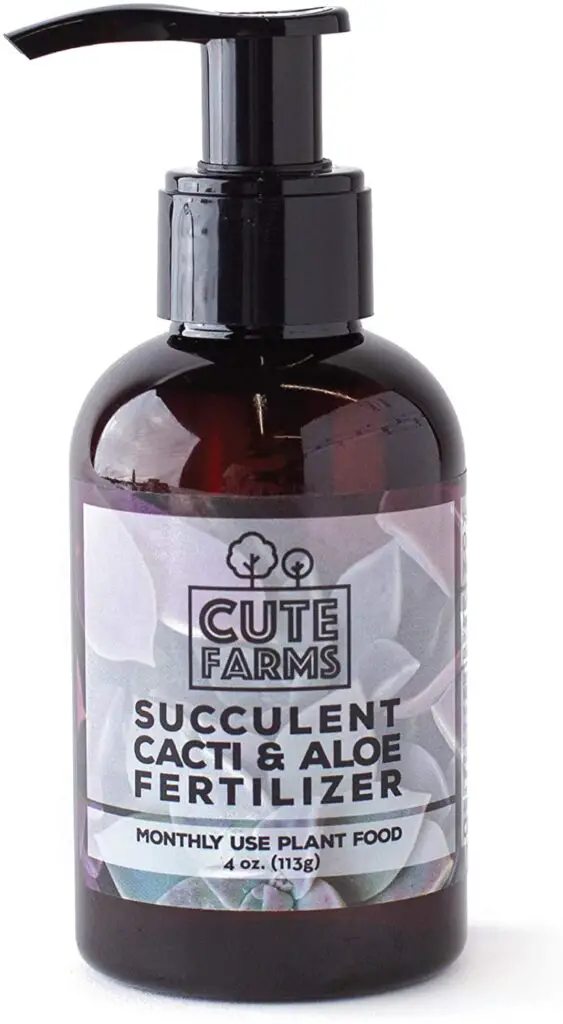
In general, succulents show growth signs in about 3-4 weeks. What you need to particularly look after in succulents are their roots. If they are in great shape, nothing can stop your succulent from growing faster.


